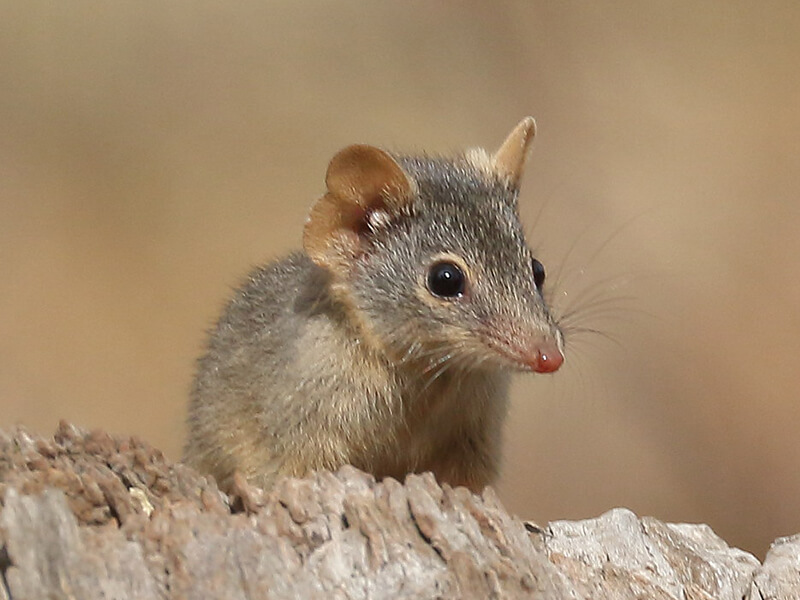Yellow footed Antechinus

One of the many smaller creatures living in Deep Creek Conservation Park is the Yellow-footed Antechinus. It is sometimes mistaken for a rodent but is distinctly different.
This carnivorous marsupial is indigenous to Australia and is primarily found along the east coast of Australia, the south-western part of Western Australia and the Mount Lofty Ranges in South Australia. Its diet consists mainly of spiders, beetles and other invertebrates such as cockroaches although they are also known to eat eggs, small birds aMeasured from head to tail females typically grow up to 80mm with males reaching 120mm.nd house mice. One of the peculiar traits of the antechinus is that it likes to turn its prey inside out to get to the flesh, leaving the skin behind.

Perhaps the most startling aspect of this diminutive animal is its mating behaviour. Mating season is triggered by an increase in day light hours and is aimed to coincide with the abundance of insects during summer once the litter is born. The antechinus is semelparous, meaning it will generally only live long enough to breed once in its short life. This is particularly so for males who, according to some studies, do not live past 11 & 1/2 months. That said, they do compensate by copulating for up to 12-14 hours. Some females can live 2 to 3 years enabling them to have more than one litter. They can store sperm for up to 3 days and do not ovulate until the end of the breeding season. Since they mate with multiple partners the net effect of this is that litters often have several fathers (known as multiple paternity). The litter size is largely determined by the number of teats and typically consists of 8 babies.

The extended copulation takes its toll on the males who use all their stored fat and protein to fuel their mating frenzy during this period and effectively die of stress after a breakdown of their immune system after 2 weeks. Cute as it is, this marsupial is constantly on the lookout for new hideouts and is particularly attracted to our sheds and also Goondooloo Cottage. With the use of Elliot traps we are able to safely re-locate them to other parts of the Park without harm although some seem to be able to find their way home again very successfully!
Principal reference: Dr Diana Fisher, School of Biological Sciences, University of Queensland.


